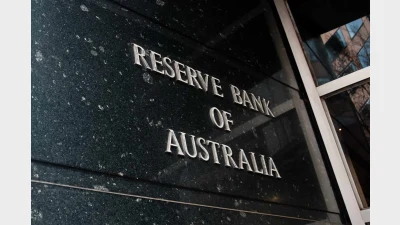Funds going direct to lower fees




|
The Cooper Review and the debate about lowering superannuation fees is accelerating a shift by super funds from in-house asset management to dealing directly with funds management companies for their products in an attempt to lower fees, according to the head of compliance at Warakirri Asset Management, Conor Hayes.
Hayes said the debate on fee layers and calls for lower super fees was causing super funds to increasingly shift from putting together their own funds management team and fund of fund structure to dealing directly with specialist funds management houses in an attempt to lower their costs.
Hayes said some fund of fund operators charged fees as high as 50 to 80 basis points to run the structure. Warakirri had base management fees as low as 10 basis points of their assets under management, he said.
Super funds that created their own fund of fund structure and found their own fund managers could also miss out on core strengths that were a feature of specialist funds management companies.
Hayes warned that some super funds that moved to passive mandates in an attempt to lower their fees would lose out on performance returns to their investors.
“Fee savings ... in dollar terms can be quite large, but if you’re missing out on 2 per cent or 3 per cent performance over a long period of time on billions of dollars, it could be a very substantial ultimate cost to super fund members.”
Hayes suggested super funds encourage their fund managers to manage to after-tax benchmarks to save performance fees for their members.
Members were paying too much of their investment returns in performance fees because the underlying managers were managing to higher before-tax benchmark returns, he said.
Any returns that super fund members received were also reduced significantly because of the tax the super fund was paying, he said.
Underlying managers had to consider the tax consequences of their investments based on the type of clients they had in the fund, he said.
Super fund members were paying 15 per cent in tax for their assets, while corporates were paying 30 per cent tax, and those different tax bases resulted in very different returns after tax, he added.
Using after tax benchmarks for their underlying managers would also be more in line with super funds, which report to the Australian Prudential Regulation Authority on an after tax basis, and super fund members who received after tax dollars, Hayes said.
Recommended for you
Superannuation funds have posted another year of strong returns, but this time, the gains weren’t powered solely by Silicon Valley.
Australia’s $4.1 trillion superannuation system is doing more than funding retirements – it’s quietly fuelling the nation’s productivity, lifting GDP, and adding thousands to workers’ pay packets, according to new analysis from the Association of Superannuation Funds of Australia (ASFA).
Large superannuation accounts may need to find funds outside their accounts or take the extreme step of selling non-liquid assets under the proposed $3 million super tax legislation, according to new analysis from ANU.
Economists have been left scrambling to recalibrate after the Reserve Bank wrong-footed markets on Tuesday, holding the cash rate steady despite widespread expectations of a cut.









